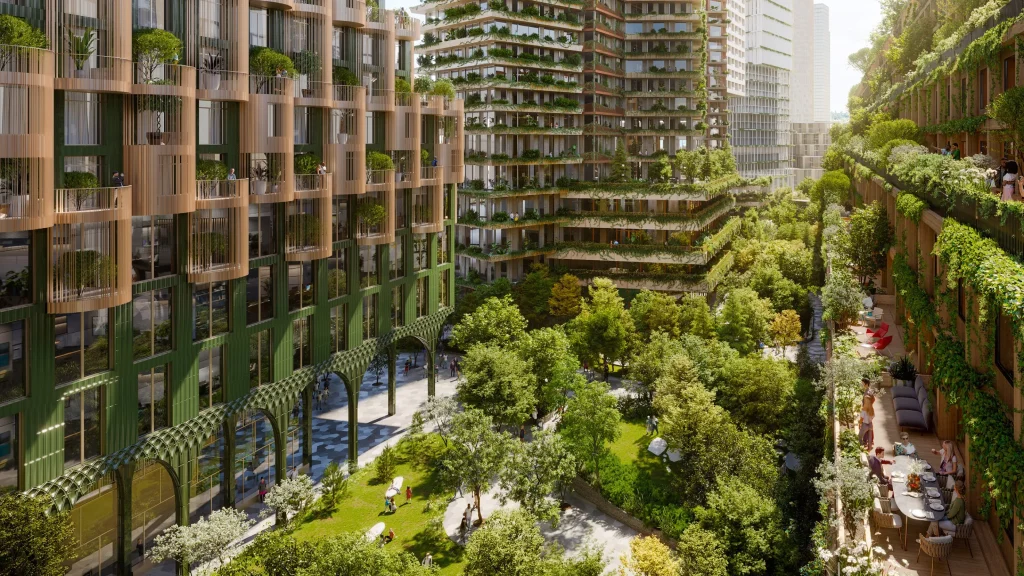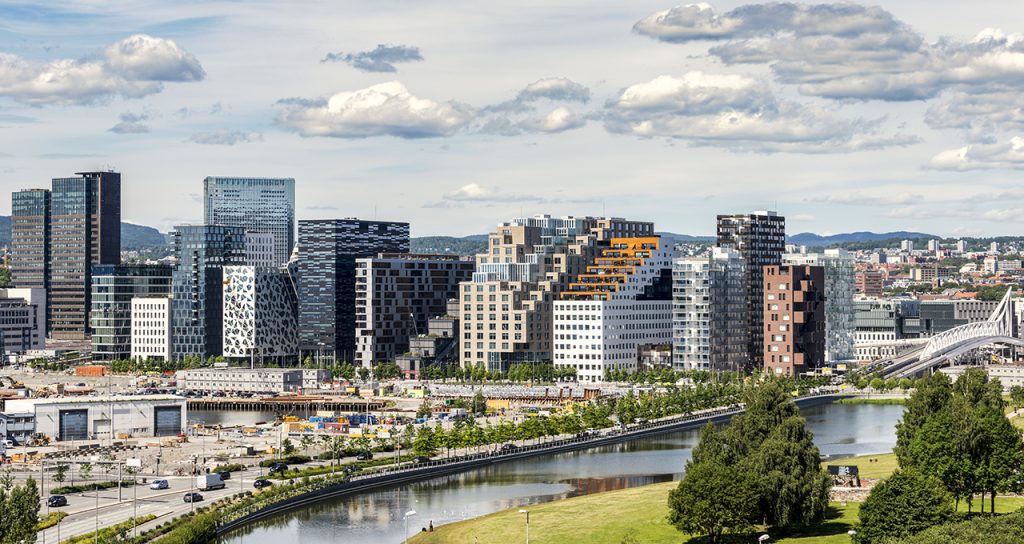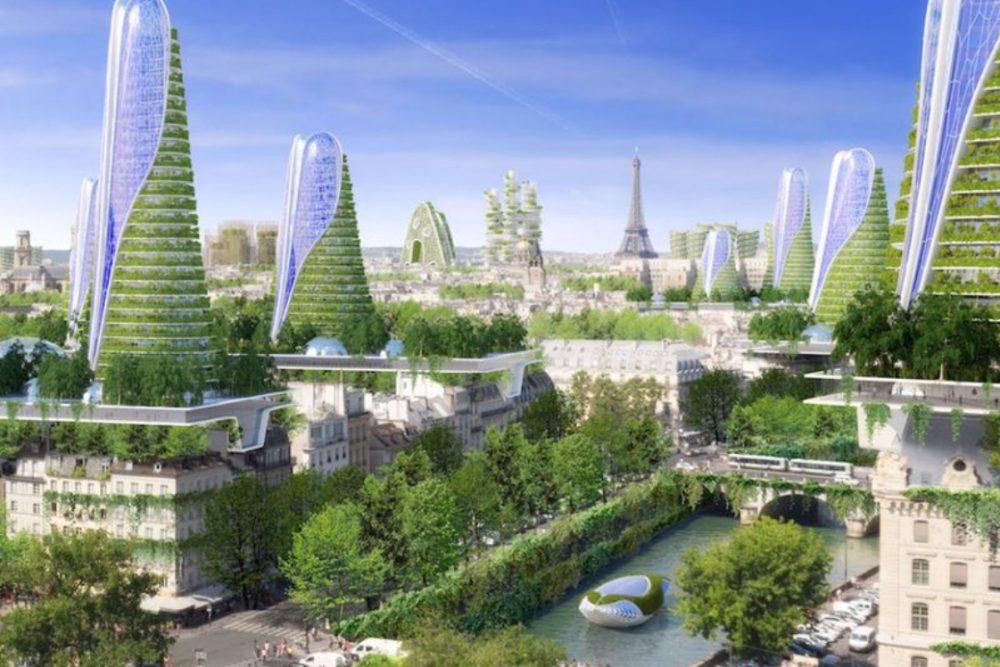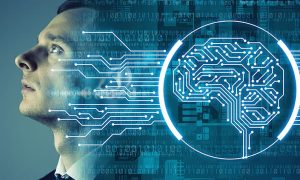Around the world, the number of natural disasters is increasing, and the Earth’s average surface temperature continues to climb. Air pollution has resulted in poor air quality in many areas of the country. In addition to the pollution, rising summer temperatures contribute to increased health problems, high energy bills, and decreased productivity in schools and work. The problems of industrialization are worse in cities with high populations.
Due to the low energy efficiency of buildings and transportation systems, the cities of today are responsible for approximately 70% of greenhouse gas emissions and over 60% of all energy consumed worldwide. Unfortunately, environmental pollution contributes to the death of approximately 12.6 million people every year, a quarter of the total deaths. In the face of this dire scenario, it’s no surprise that leaders are beginning to recognize that we need to combat climate change – not with small changes, but with innovative transformation.
The concept of a Smart City was designed to promote energy efficiency and conservation while upholding a high quality of life. Smart Cities are defined as cities capable of improving their citizens’ life quality, offering a lasting opportunity for cultural, economic, and social growth in a healthy, safe, stimulating, and dynamic environment.

Source: technologyreview.com
Reaching the strategic goals for a smart city requires much innovation, and the bulk of it relies on green innovations. These technologies can change the way the city functions and its residents’ behavior. Smart cities incorporate many green technologies, including but not limited to renewable energies, advanced materials, innovative transportation systems, ICT, broadband, geolocation services, the Internet of Things, smartphones and tablets, social networks, city apps, and data.
Green innovation for smart cities leverages technology to produce digitized services and improve efficiency. The Green Tech industry is projected to grow enormously in the coming years as the following innovations make their way to more cities:
- Smart grids capable of exchanging information with administrations and regulating energy flow.
- LED illumination featuring lamps that monitor traffic and urban pollution levels, and make areas safer
- Smart mobility devices, such as hybrid and electric vehicles, smart parking, and bike and car sharing
- Technologies to cope with the meteorological phenomena related to climate change
- Smart systems to avoid hydric resources wast
- All devices linked to the urban data that the city administrators can measure
All of these tech innovations can improve the way a city functions, although as Christian Bason, Ph.D., the CEO of the Danish Design Center, and Jens Martin Skibsted, a Global Partner at Manyone, point out, “To save this planet, political leaders must work with industry and innovators to take immediate action to ensure we reuse and generate the energy we all need in a sustainable way. For all the talk about smart grids and electrification, water is the faster, cheaper way. When it comes to energy, the smart thermal water grid is the most efficient and most overlooked idea we have to reduce our reliance upon foreign fossil fuels and achieve energy independence.”

Source: denmarkinnewyork.medium.com
These thought leaders are also the authors of Expand: Stretching the Future by Design. Their beliefs underscore the importance of global political leaders working with innovators to make changes that will have a lasting impact on the health of the planet and its inhabitants. When this collaboration occurs, the full benefits of smart, green cities can be realized, which provides many benefits for citizens, including:
- Improved public transportation with advanced safety features and geolocation to optimize route planning
- Smart traffic systems that alleviate congestion and reduce traffic buildups
- City Wi-Fi networks that allow citizens to remain connected, share experiences, and receive emergency notifications
- Interconnected smart homes to optimize energy and water management in a way that reduces pollution and enhances energy security
- Additional green spaces to reduce urban heat and enhance quality of life
- E-Government services that can be delivered in a convenient, transparent, and efficient manner
- Increased recycling by automating waste collection
- Safer communities that leverage private/public partnerships to reduce criminal activity
- Better data for decision-making by elected city leaders
- Greater community engagement
- A smart economy that ensures competition, innovation, productivity, and flexibility
- Greater training and social interactions for citizens
- A high environmental quality, with attractive natural conditions, low pollution, environmental protection, and sustainable management of resources
- Life, culture, health, and safety quality

Source: theagilityeffect.com
Smart city interventions for reducing energy consumption on an urban scale focus on improving the municipal electricity grid to make it a smart grid. These smart grids can manage energy in a dynamic way in real time. They can also handle local energy surpluses due to renewable resources by balancing supply and demand. As Bason and Skibsted put it, “The road to energy efficiency by using a smart grid is like a sustainability sweepstakes. More efficiency means less fuel is required to generate a given amount of energy, which in turn means lower costs for the provider and cheaper prices for the customers. At the same time, such a grid would create new jobs for the design, construction, and management of new energy infrastructure.”
These researchers are accurate in their description of the cascading effects of adopting green tech solutions in smart cities. In addition to the benefits listed above, the construction and maintenance of green infrastructure can provide new employment opportunities for low-income residents, who frequently experience higher rates of unemployment. One report estimates that low-income residents that could be employed in Washington, DC, Philadelphia, and El Paso working in this industry would receive $120 million, $532 million, and $210 million of additional income, respectively.
Additionally, the lower ground and air temperatures that would result from smart, green tech implementation could lead to 50% greater health benefits for those who live in low-income areas, as they are typically the hardest hit by climate change effects. It can also lead to decreased incidence of asthma, heart disease, and premature death. The bottom line is that green tech innovations are a core component of smart city development. To truly become a green city, the community must incorporate green innovation and adopt green practices. These elements are vital in shifting human consumption patterns that have had disastrous consequences on the environment thus far. They are also the key to unlocking the full benefits and potential of a smart city.

















